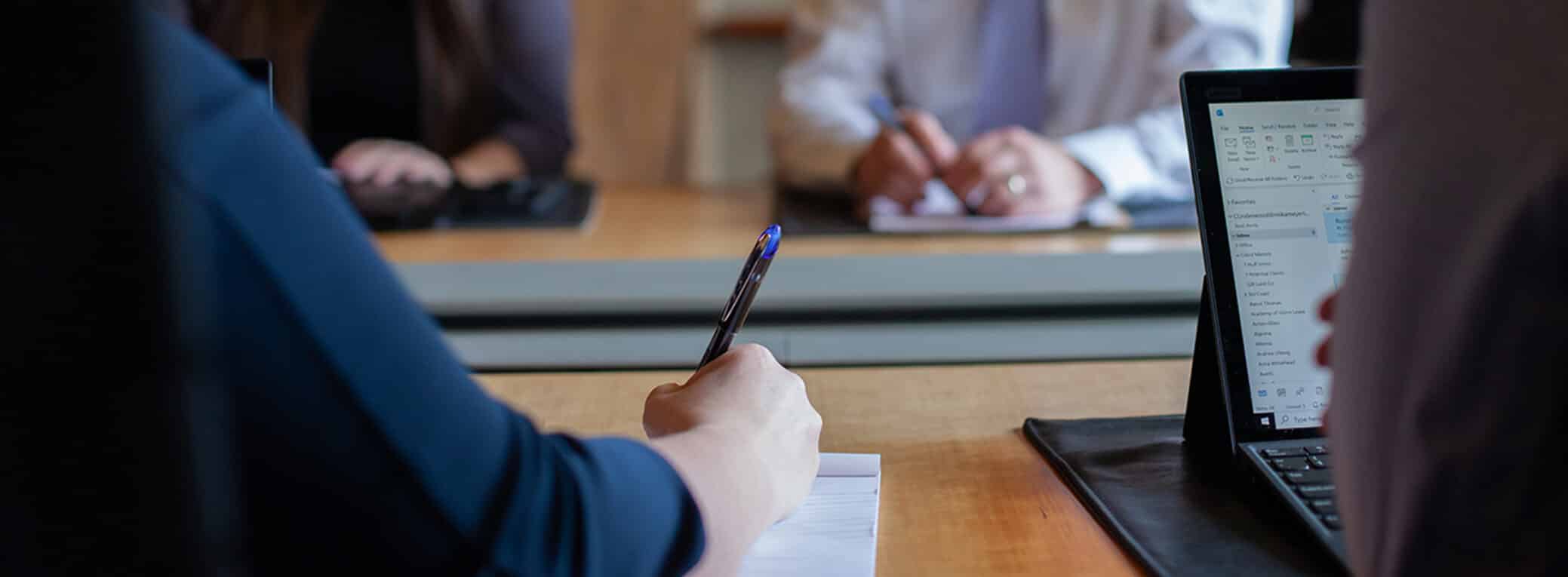Final Rule for Coronavirus State and Local Fiscal Recovery Funds
The United States Treasury Department’s final rule implementing the Coronavirus State and Local Fiscal Recovery Funds (“SLFRF”) program takes effect on April 1, 2022. The SLFRF program was established under the American Rescue Plan Act of 2021 to provide state, local, and tribal governments with resources to respond to the pandemic and its economic effects. The final rule governs the eligible and ineligible use of SLFRF funds, so it is important that government entities receiving SLFRF funds ensure that any expenditure of the funds complies with the final rule.
In May 2021, the US Treasury Department issued the Interim Final Rule (“IFR”), with immediate effect, to govern the use of SLFRF funds. The SLFRF Final Rule provides broader flexibility and greater simplicity as to how recipients may use SLFRF funds. The Treasury Department has indicated that it will not take action against fund recipients that use the funds for expenses that are eligible under the final rule prior to its effective date of April 1, 2022, even if the expenditure isn’t authorized under the IFR.
Recipients of SLFRF funds must comply with expenditure eligibility and reporting requirements. The eligible expenses for SLFRF funds can be grouped into four broad categories: 1) Responding to the public health emergency or its negative economic impacts; 2) providing premium pay to essential workers; 3) providing government services (to the extent of the reduction in the recipient’s general revenue due to the public health emergency); and 4) making necessary investments in water, sewer, and broadband infrastructure. Within the four broad categories are various subcategories, referred to as “Expenditure Categories.” The final rule provides a broader array of uses that are presumed to be eligible as responsive to COVID-19 or its economic impacts, including expenditures for services like childcare, early education, addressing learning loss, and affordable housing development, as well as certain capital expenditures. More streamlined options to provide premium pay are available under the final rule, as it broadens the share of eligible workers who may receive premium pay without requiring the submission of a written justification. To determine the amount of SLFRF funds that a recipient may use for the provision of government services, the final rule allows the recipient to choose between a standard allowance of up to $10 million or the recipient’s approximated full revenue loss, which is calculated using a complex formula described in the rule. In regard to water, sewer, and broadband infrastructure, the final rule expands the scope of eligible investments to include a broader range of lead remediation and stormwater management projects, as well as investments to address the accessibility, reliability, or affordability of broadband. It is important for recipients to consider how their expenditures fit into one of the eligible categories for reporting purposes.
There are three different types of reports under the SLFRF program. Recipients were required to submit an initial Interim Report by August 31, 2021, or within sixty days after the recipient first received SLFRF funds. All recipients are required to submit Project and Expenditure Reports, either on a quarterly or an annual basis depending on the type of governmental entity and population of the recipient. Furthermore, for specific types of expenditures, recipients may need to report additional information in their Project and Expenditure Reports, such as the amount of funds allocated to evidence-based interventions or whether a project primarily serves disproportionately impacted communities. Step-by-step instructions for submitting Project and Expenditure Reports can be found at the URL https://home.treasury.gov/system/files/136/Project-and-Expenditure-Report-User-Guide.pdf. States, territories, metropolitan cities, and counties with a population of more than 250,000 are also required to annually submit and publish a Recovery Plan performance report that provides information on SLFRF-funded projects and how recipients intend to achieve effective, efficient, and equitable outcomes. The Treasury Department has published Compliance and Reporting Guidance that recipients should refer to for details on which reporting requirements are applicable to them. The publication can be read online at the URL https://home.treasury.gov/system/files/136/SLFRF-Compliance-and-Reporting-Guidance.pdf.
SLFRF funds must be obligated (i.e., committed to pay a particular cost) by December 31, 2024, and such obligated funds must be expended no later than December 31, 2026. Funds that have not been obligated by December 31, 2024, must be returned to the Treasury Department. Any funds that are obligated by December 31, 2024, but not actually expended by December 31, 2026, must be returned to the Treasury Department as well.
Additional information on the final rule is provided in the Treasury Department’s SLFRF Final Rule Overview, which is available online at the URL https://home.treasury.gov/system/files/136/SLFRF-Final-Rule-Overview.pdf. The municipal attorneys at Mika Meyers are also available to address questions about the SLFRF program.




